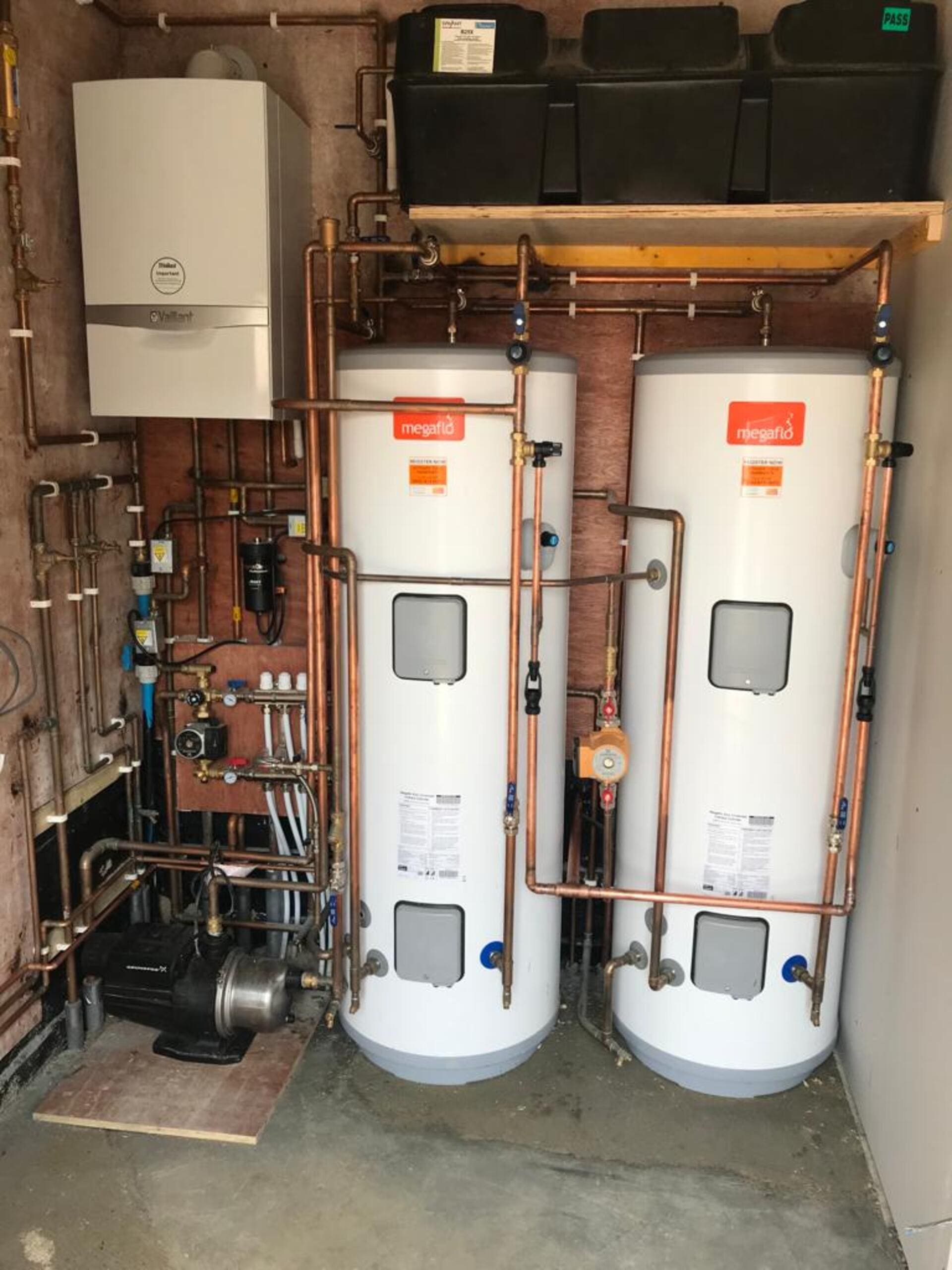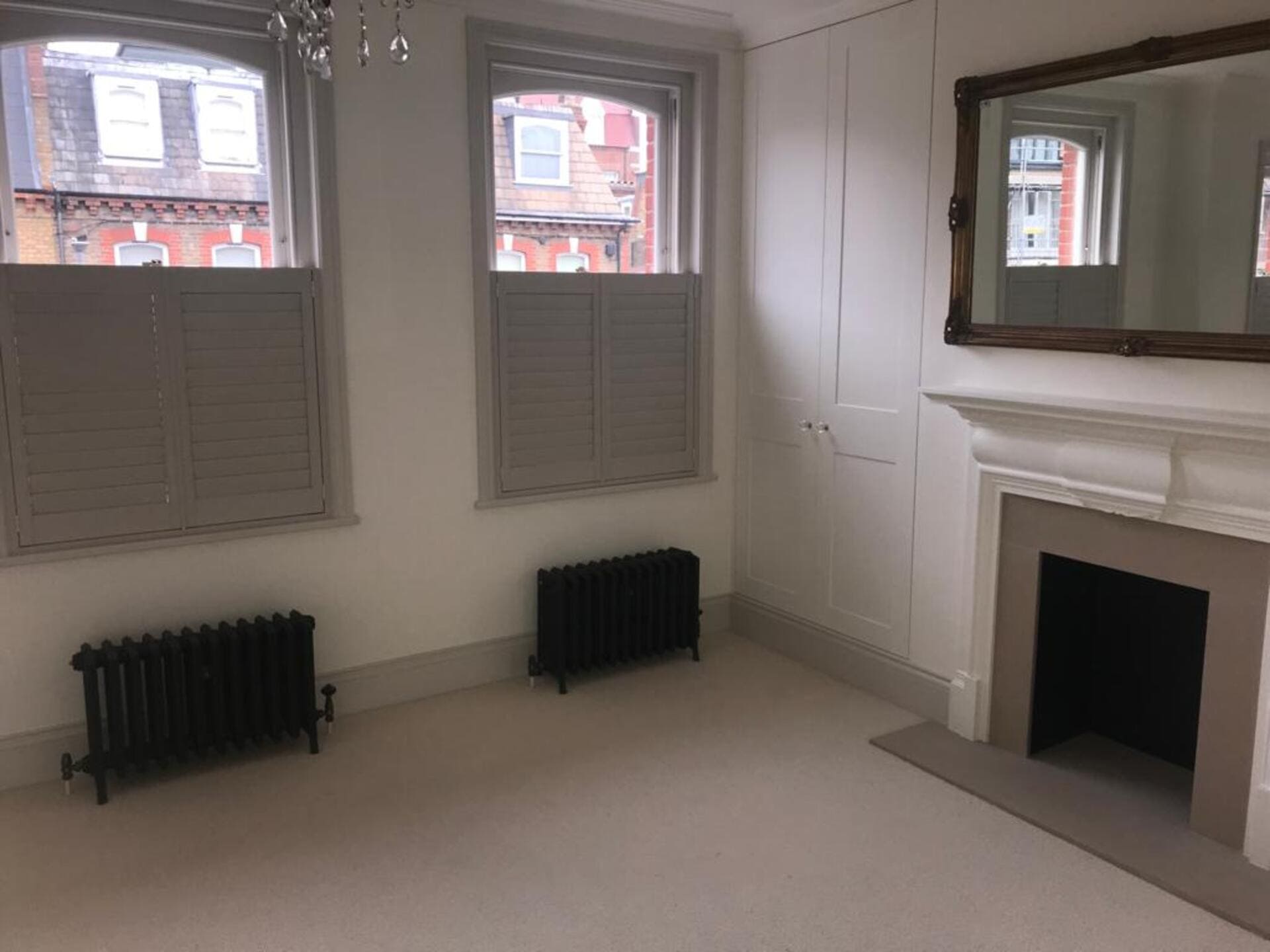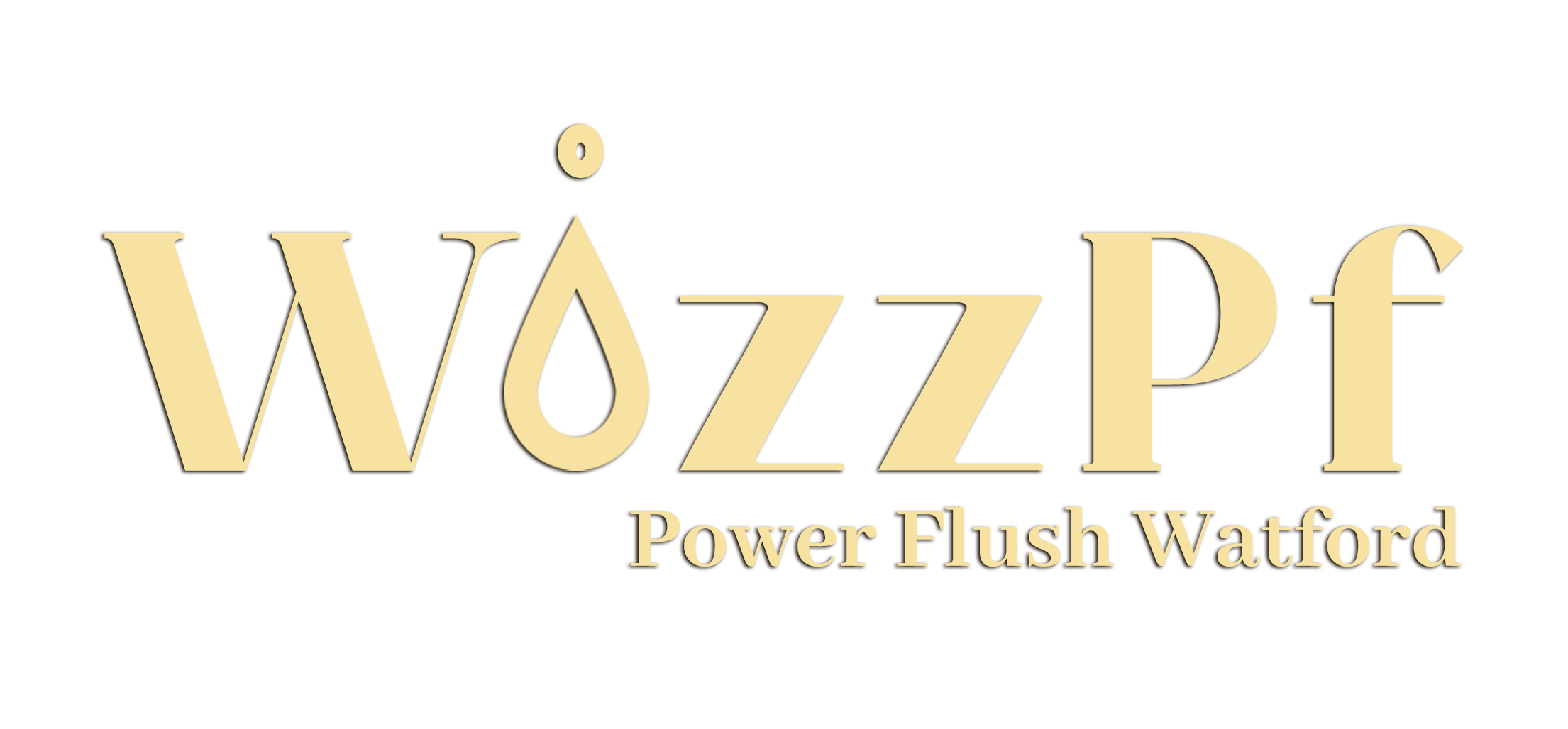Power flushing, also known as Central heating power flush, is a specialised treatment for your central heating system that professional plumbers perform. It cleans the various components of sludge, rust and other built-up accumulations. The result is a cleaner central heating system that is more efficient and effective.
How long does a power flush service take?
How often do I need to power flush? How do I know?
Why do my radiators need power flushing?
What happens during a central heating power flush process?
What is power flush and what does it involve?
A power flush is a specialised treatment, where using a power flush machine a plumber flushes water and a cleaning solution through your plumbing system under high pressure. As the water travels around the pipework, through the radiators and boiler, the cleaning chemicals work to dissolve any clogs that are present and also remove any accumulations or debris within the system that are affecting its function and efficiency.
How long does a power flush service take?

The time a power flush service can vary between properties depending upon the size of the heating system and how much needs to be removed from the inside. A central heating power flush on average will take between 4 and 5 hours, from start to finish.
How often do I need to power flush? How do I know?
Professional plumbers recommend that power flush heating system treatments should happen every 5 to 6 years. There are signs that your central heating system may have clogs and an accumulation of sludge. These include:
- Radiators which don’t get hot at the bottom
- Grey, discoloured water when you bleed the radiators
- Cloudy tap water
- Your boiler is making unusual sounds
- The central heating system takes a long time to heat up.
- The radiators don’t heat up at all.
If you have any of these signs, you should call out a professional for a power flushing to clean up your heating system.
Why do my radiators need power flushing?

Accumulations of sludge, limescale and rust build up in your central heating system over time and need to be removed, which is where power flushing comes in!
Over time oxygen in the water passing around the central heating system reacts with metals in the piping, boiler and radiations and causes rust to be produced and other metal substances this results in a black thick substance known as sludge. Sludge combined with limescale and any other inside the system can lead to clogs blocking the system and other even more serious problems. Clogs in radiators result in radiators that don’t get hot at the bottom, or at all. Sludge can also cause irreversible damage to the boiler.
What happens during a central heating power flush process?
To perform a central heating power flush professionals need a specialised piece of equipment known as a “pumping station”. This is a specialised pump that removes dirty water and sludge accumulation from your central heating system and introduces clean water which it pumps around the system at high pressure. There are several steps taken during a power flushing. Before the engineer begins he might add a pre-treatment chemical to the heating system before the actual power flush to start to break down the sludge.
- Firstly the engineer will set up the pumping equipment and spend the first 90 minutes power flushing water and chemicals through the whole system, in both directions. The high pressure and the cleaning chemicals will work to dissolve and dislodge the sludge and debris.
- If there are areas that seem particularly clogged or sludge filled the engineer will tackle these sections separately until the water runs clean.
- Affected radiators are worked on separately. The engineer will use an agitator to help release the internal build-up of sludge. An agitator is a tough pad attached to a hammer action drill which the engineer will tap the radiators with. On the rare occasions that the sludge is so bad, it is not dislodged; the radiators need to be disconnected and cleaned manually with a garden hose.
- The engineer will continue power flushing your system, until all the water that it passes through runs clean which indicate that the system is free of sludge and clogs.
- Once the water runs clean the engineer will add a chemical neutraliser to wash through the system, this will neutralise any acidic compounds left within the heating system and the chemicals from the cleaning solution.
- The pH of the central heating system is checked, this is a measure of the acidity of the water that is in the system. This has to be a specific value, if the value is too acidic that can cause internal damage, due to corrosion.
- Finally, your engineer will add an “inhibitor solution” to your system, this will prevent corrosion from happening and sludge from building up again.


